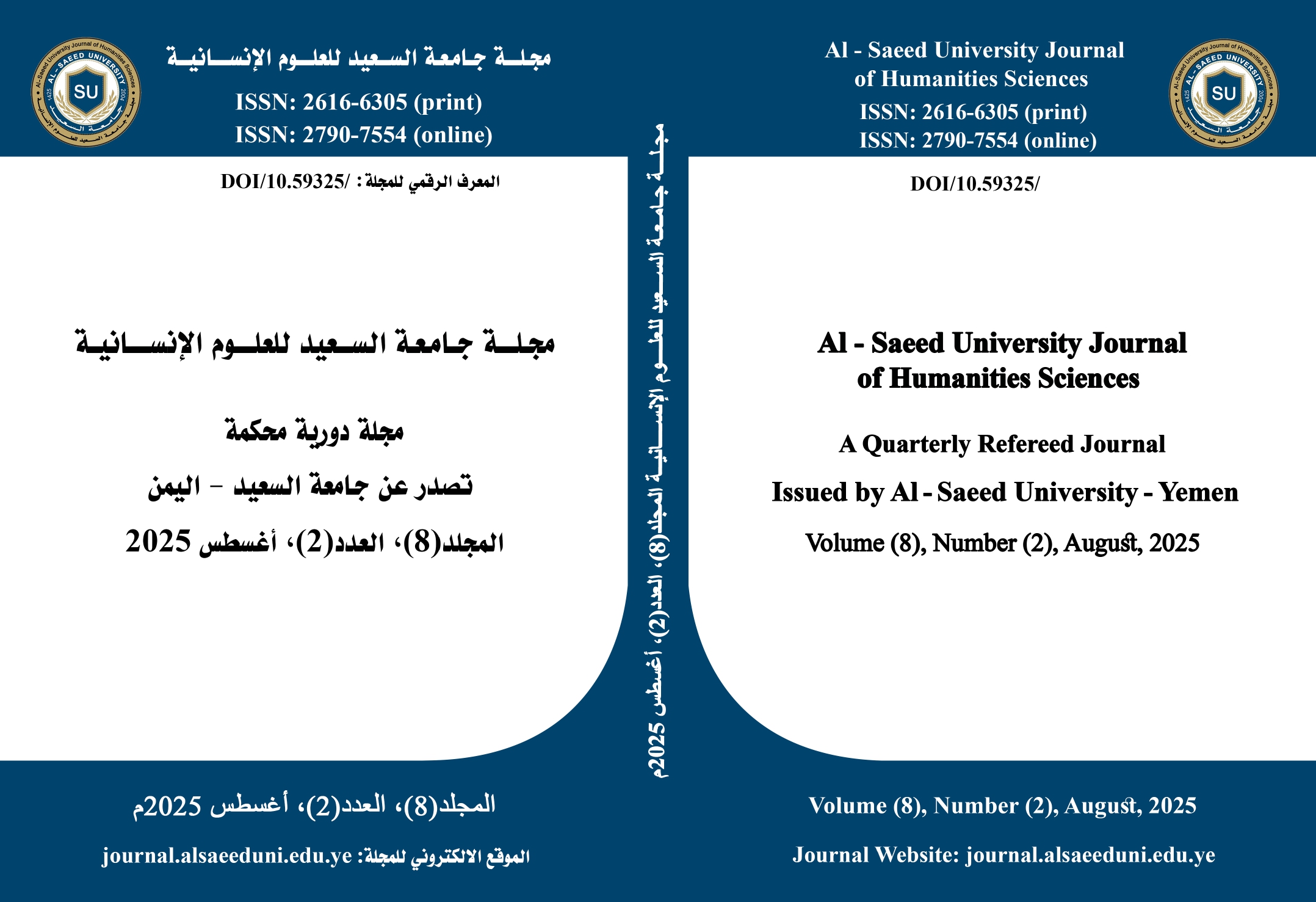Using discriminatory analysis and neural network models in classifying the factors affecting Influencing Female Students’ academic achievement in Aden
DOI:
https://doi.org/10.59325/sjhas.v8i2.274Keywords:
Academic Achievement, Discriminant Analysis, Neural NetworksAbstract
This study aims to classify the factors affecting the academic achievement of female high school students in Aden Governorate. To achieve the study’s objectives, the descriptive survey method was adopted, along with the design of a questionnaire that was distributed to a simple random sample in three public girls’ high schools, consisting of 300 second-semester students for the academic year 2022–2023.
The study sought to compare discriminant analysis and artificial neural network models in distinguishing between observations and classifying them into their respective groups, using the misclassification rate (percentage of incorrectly classified observations) as the comparison criterion.
The study revealed that the ranking of factors affecting academic achievement from the students’ perspective was as follows: family factors, personal factors, socio-economic factors, and school factors. The results of the Chi-square test indicated a statistically significant effect at the 0.05 significance level for the factors influencing students’ academic achievement. Furthermore, the results showed that the most influential factors on students’ achievement were family-related factors, whereas school factors had the least impact.
The artificial neural network method, considered one of the modern approaches for distinguishing between observations, provided a better classification rate than the discriminant analysis model.
In light of the findings, the study recommended giving due attention to the family environment in general and striving to achieve family stability, as it is important in fostering ambition among its members and thus improving their academic achievement. It also recommended the use of advanced statistical methods (multivariate analysis techniques) and modern classification models—such as artificial neural network models—for distinguishing between two or more groups in all fields of knowledge, including educational and social sciences.
Downloads
Published
How to Cite
Issue
Section
License
Copyright (c) 2025 تهاني عبدالماجد أحمد عبدالوهاب

This work is licensed under a Creative Commons Attribution 4.0 International License.
copyright is retained by the authors. Articles are licensed under an open access Creative Commons CC BY 4.0 license, meaning that anyone may download and read the paper for free. In addition, the article may be reused and quoted provided that the original published version is cited. These conditions allow for maximum use and exposure of the work.



